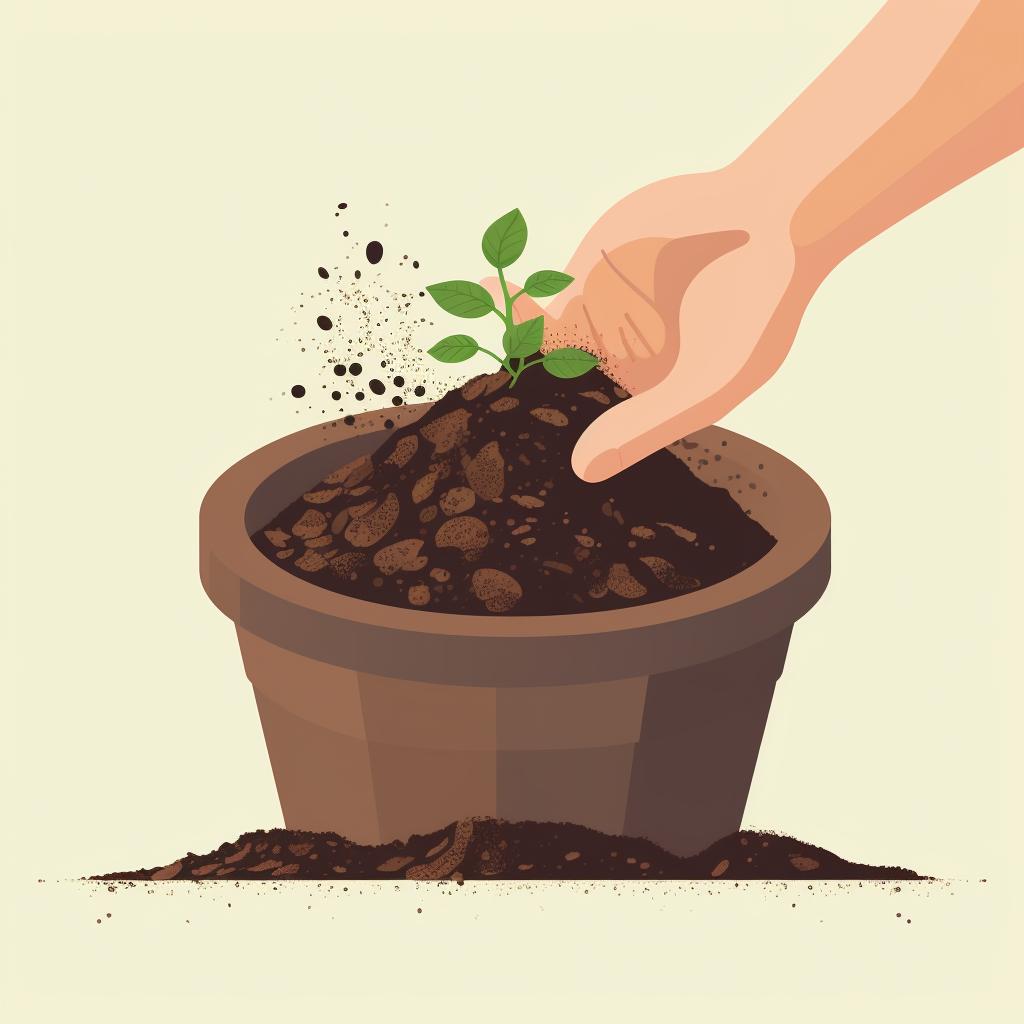Oliver Bennett is a seasoned chef and accomplished food writer with a career spanning over 15 years in the gastronomy industry. He has a knack for crafting unique recipes and delving into the science that underpins culinary arts. Oliver is devoted to guiding Food Fluff's audience in refining their culinary techniques.
Yes, you can grow exotic fruits at home! With the right care and conditions, you can cultivate a tropical paradise in your backyard or even indoors. Let's dive into the details of how to grow exotic fruits at home and turn your space into a DIY exotic fruit garden.
🌴 Deciding Which Exotic Fruits to Grow in Your DIY Garden
The first step is selecting the right fruits to grow. Consider factors such as your local climate, available space, and personal preferences. Some popular choices for homegrown tropical fruits include guava, passionfruit, and dragon fruit. You can learn more about different exotic fruits and their unique flavors in our articles here and here.
🌞 Setting Up Perfect Conditions for Your Homegrown Tropical Fruits
Most exotic fruits require warm temperatures, high humidity, and plenty of sunlight. However, you can also grow some varieties indoors using containers or indoor vertical gardens. Check out this guide for more information on indoor tropical fruit gardening.
🌱 Steps to Cultivate Your Exotic Fruit Garden Successfully
Once you've chosen your fruits and set up the right conditions, it's time to start planting. This involves preparing the soil, planting the seeds or saplings, watering regularly, and monitoring for pests and diseases.
Now that you've selected your fruits and created the ideal environment, let's dive into the planting process. Follow these steps to cultivate your own exotic fruit garden:
Congratulations! You've successfully grown your own exotic fruits at home. Now, let's move on to the best part - enjoying these delicious, homegrown treats.
🍍 Savoring the Taste of Your Own Homegrown Exotic Fruits
There's nothing more satisfying than enjoying the fruits of your labor—literally! Use your homegrown exotic fruits in recipes, smoothies, or just enjoy them fresh off the tree. You can find some delicious recipes using exotic fruits in our mocktail recipe guide.
Before we wrap up, let's address some frequently asked questions about growing exotic fruits at home.
We hope these answers help you on your journey to creating your own tropical paradise at home. Remember, growing exotic fruits at home is a rewarding endeavor that allows you to enjoy unique flavors right from your backyard or indoor garden.
In conclusion, growing exotic fruits at home is a rewarding endeavor that allows you to enjoy unique flavors right from your garden. With some dedication, you can transform your home into a tropical paradise filled with delicious, fresh fruits.
To give you a better idea of what a home garden with exotic fruits looks like, let's take a virtual tour.
As you can see, with some planning and care, you can enjoy a variety of exotic fruits right in your own home. Now, let's delve deeper into the process of growing these fruits.




















